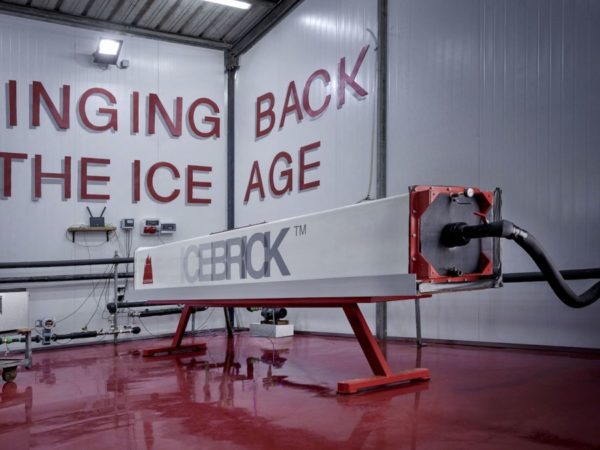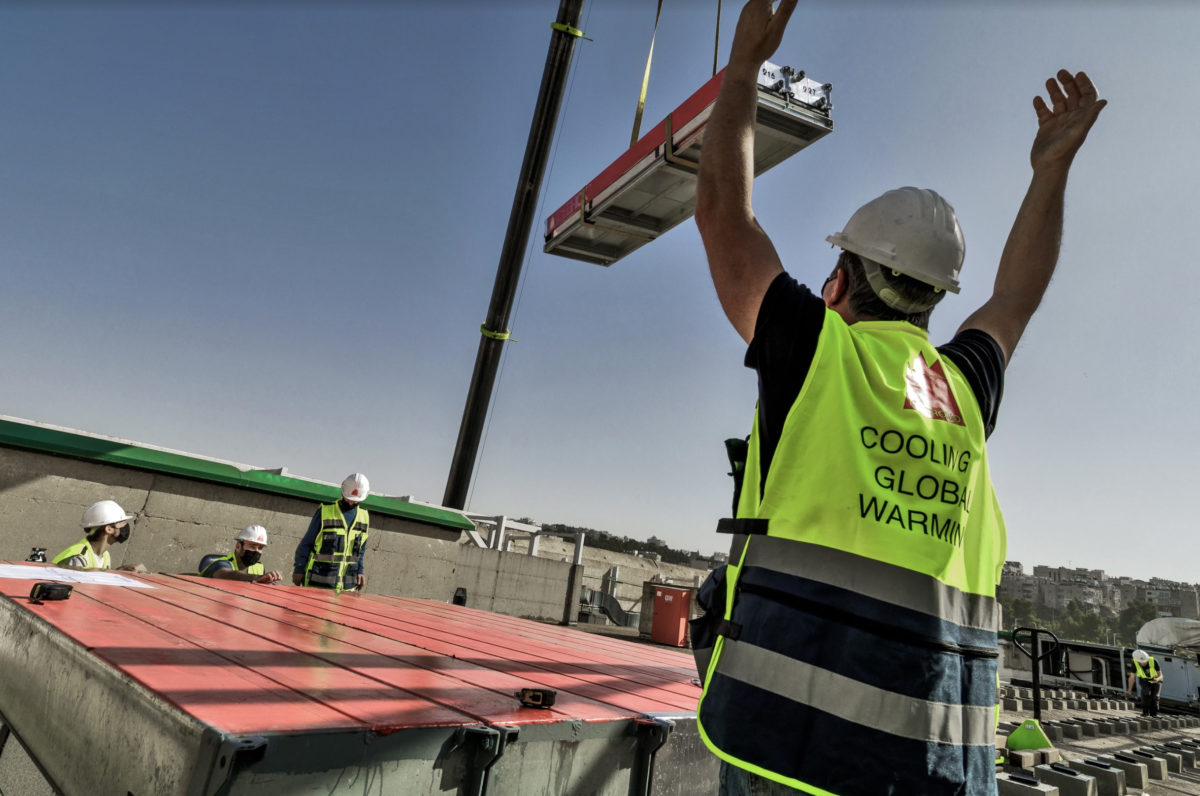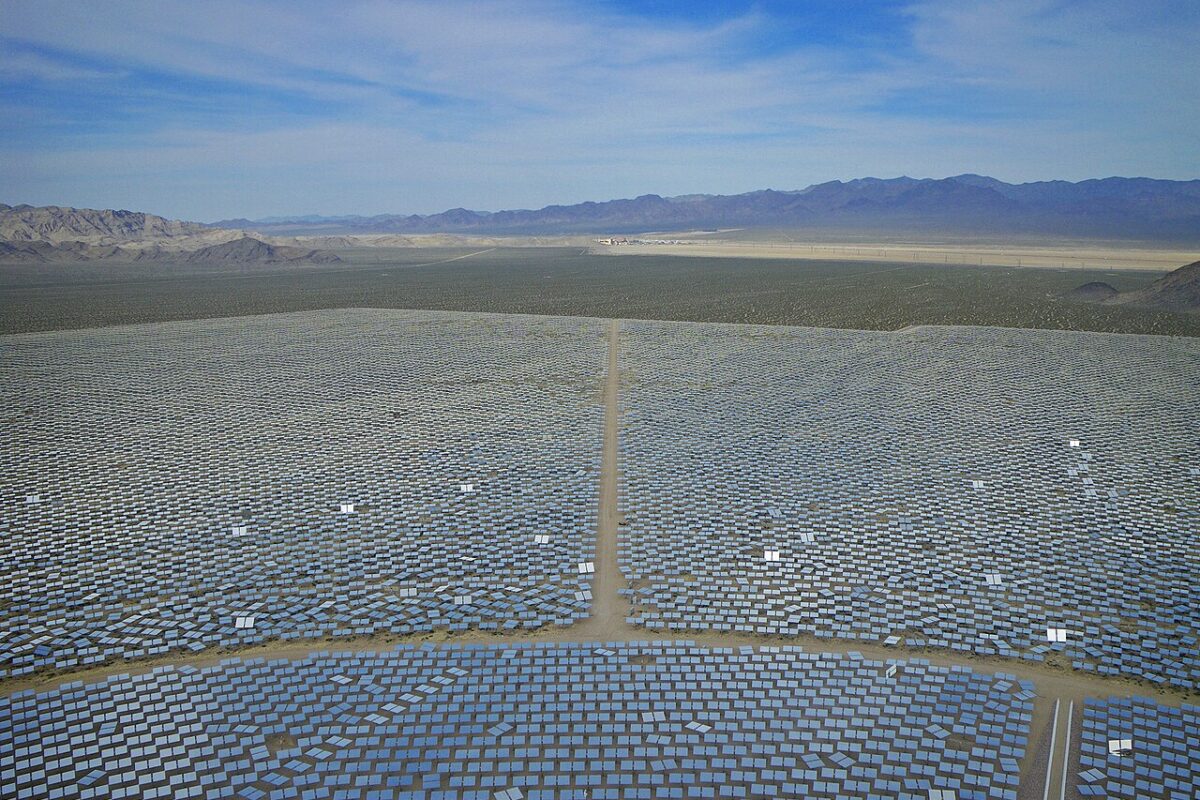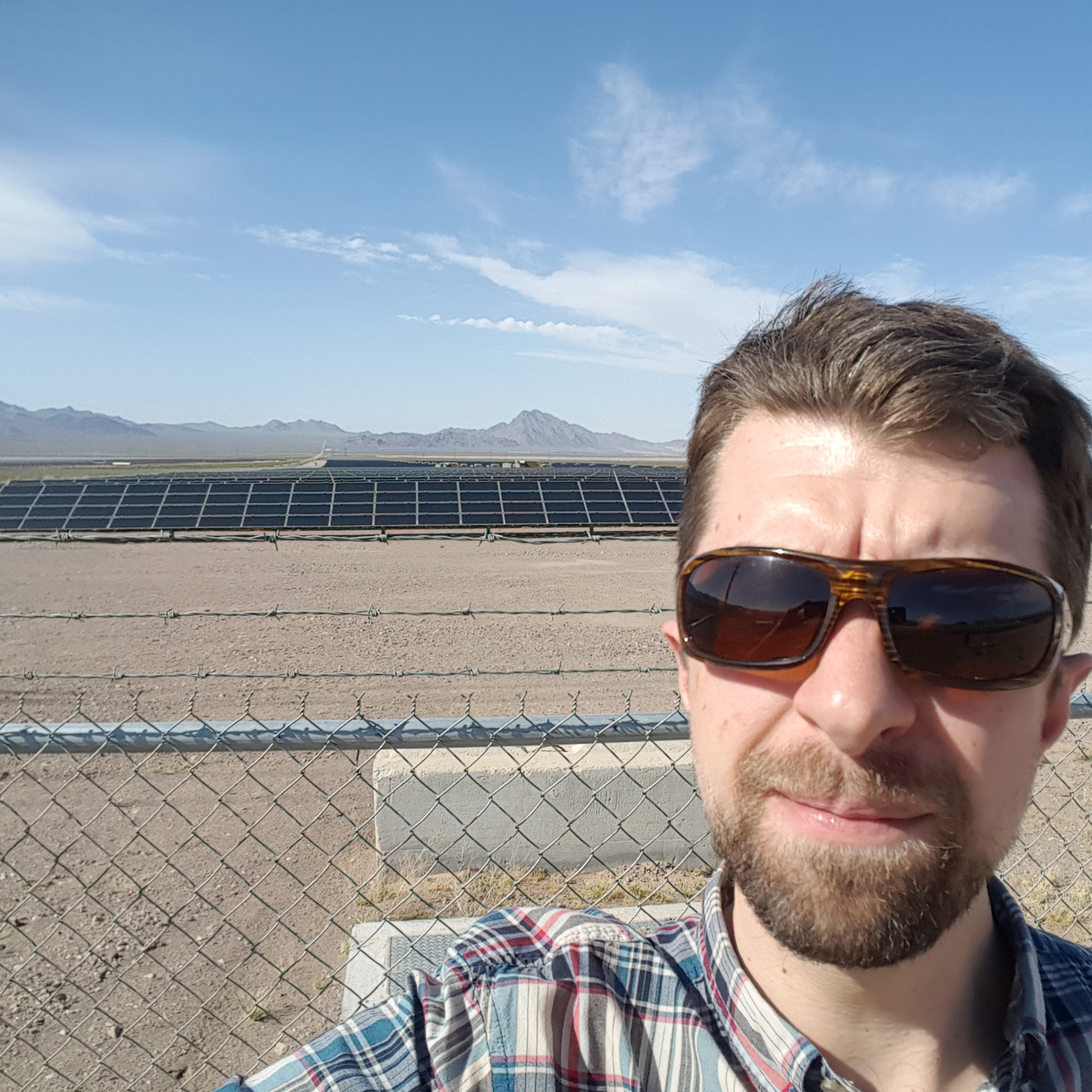Nostromo Energy, a cold energy storage developer, received notice from the U.S. Department of Energy’s (DOE) Loan Programs Office (LPO) to submit an application to proceed with a $189 million loan to fund the deployment of 275 MWh IceBrick storage projects across 120 buildings in California and various states.
The loan guarantee from the DOE would support Nostromo’s energy storage-as-a-service (ESaaS) solutions for the deployment of behind-the-meter, modular cold energy storage projects to commercial and industrial customers.
The invitation to submit a Part II DOE loan application means that the government loan office has determined that Nostromo’s proposed project is innovative, reduces greenhouse gas emissions and meets technical eligibility requirements under Part I of the application. If approved, the DOE loan will help Nostromo deploy more than 275 MWh of cold storage dispatch systems over a network of 120 commercial buildings, creating hundreds of jobs in the construction stage as well.
Nostromo Energy retained investment bank Independence Point Securities to source an undisclosed equity raise to fund a remainder of capital costs to deploy the 120-building portfolio.
Nostromo’s IceBrick systems are managed by the company’s Cirrus cloud-based energy management system and operate as a virtual power plant, which provides demand flexibility to the local power grid.
The company’s patented IceBrick system is a 12 foot by 20 inch rectangular energy storage block with 132 gallon volume. The cold dispatch storage product provides the lithium-ion equivalent of 8 to 12 kWh of avoided energy and provides 10 ton hours of cold stored energy. The IceBrick cell has an up to 92% thermal round-trip efficiency over an approximate 4-hour dispatch cycle.
Nostromo Energy was formed in 2016 in Shdema, Israel, and has a U.S. office in Irvine, California. The company has raised about $42.2 million in funding to date from Migdal Group, Freepoint Commodities, and other investors.

Commercial buildings
Buildings account for 74% of all U.S. electricity consumption. The commercial and industrial market has fallen behind in terms of energy storage deployments, accounting for just 1% of new storage capacity in California, compared to 93% of front of the meter (utility-scale) and 6% of residential storage deployments.
Nostromo’s ice-based energy storage system is positioned for rapid deployment in the C&I sector, who’s cooling energy demands accounts for approximately 50% of a building’s energy use and more than one-third of the total potential for load shifting by behind-the-meter storage on the entire power grid.
By lowering daily commercial building energy usage, more power from the grid is able to be deployed on energy-intensive technologies coming online such as EV charging and back-up power resilience during extreme weather.
DOE loan process
Under the Title XVII Innovative Clean Energy Loan Guarantee Program, the Department of Energy has provided more than $35 billion in loan guarantees to energy projects to date. The loan application consists of two parts:
- in the Part I application, the applicant provides information to the loan office so they can determine whether the project satisfies Part I technical eligibility requirements. If the project satisfies the technical eligibility requirements, then LPO invites the applicant to submit a Part II application.
- DOE’s invitation to submit a Part II application is not an assurance that DOE will invite an applicant to the due diligence stage and term sheet negotiations, or that the applicant will receive any DOE funding.
Additional details for new applicants under Title XVII can be found at the DOE website.
Other recent applicants for DOE loans under Title XVII include Eos Energy Enterprises, which provides zinc-based grid energy storage product, and Advanced Clean Energy Storage, developer of a green hydrogen storage facility in Utah that received a $504.4 million loan guarantee. The Eos loan funding is expected to be disclosed in the coming months.
This content is protected by copyright and may not be reused. If you want to cooperate with us and would like to reuse some of our content, please contact: editors@pv-magazine.com.









By submitting this form you agree to pv magazine using your data for the purposes of publishing your comment.
Your personal data will only be disclosed or otherwise transmitted to third parties for the purposes of spam filtering or if this is necessary for technical maintenance of the website. Any other transfer to third parties will not take place unless this is justified on the basis of applicable data protection regulations or if pv magazine is legally obliged to do so.
You may revoke this consent at any time with effect for the future, in which case your personal data will be deleted immediately. Otherwise, your data will be deleted if pv magazine has processed your request or the purpose of data storage is fulfilled.
Further information on data privacy can be found in our Data Protection Policy.